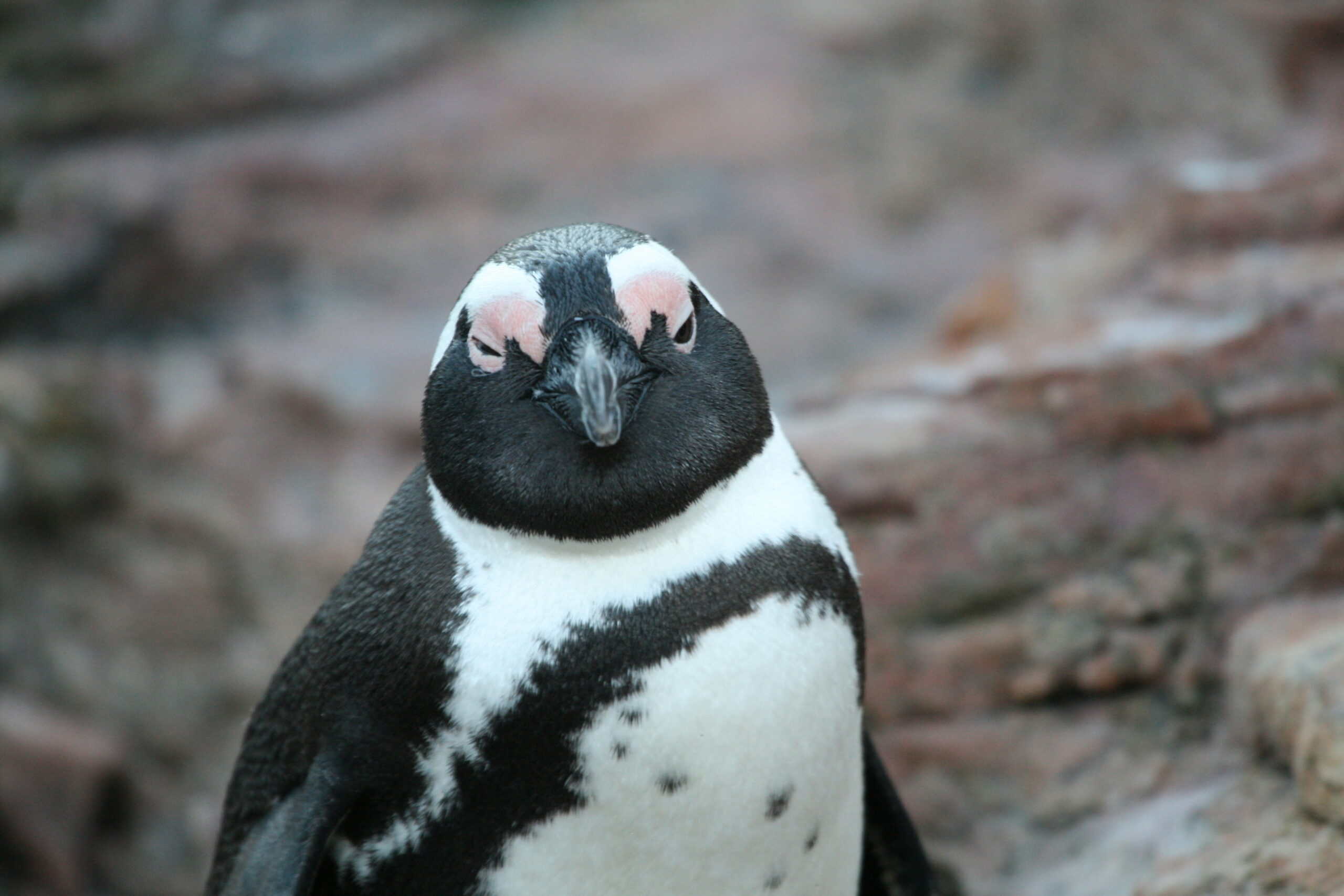Share this article
Scouring scat to investigate Los Angeles’ coyotes
Biologist Justin Brown sees coyotes almost every night he tracks them, which may seem unusual since the habitat he studies is the city of Los Angeles.
Since May 2015, he’s headed the National Park Service’s LA Urban Coyote Project. Combining GPS tracking, camera trapping and scat analysis, the project seeks to better understand how these animals thrive in an increasingly fragmented urban landscape, sharing the streets with stray cats and passing pedestrians
The NPS also hopes to engage citizens and help them appreciate their canid neighbors.
“Because coyotes live in an incredibly urban environment, one of our goals is to help people have more positive feelings toward wildlife,” Brown said. “We hope the information we collect can reduce conflict.”
Although their populations are faring well in the region, on the individual level, coyotes suffer from human threats such as being hit by vehicles, drowning in artificial lakes and dying of rat poison, Brown said.
For him, one of the most exciting parts of the initiative is a citizen science component to uncover the mysteries of the coyotes’ diet. NPS chose 25 people from a pool of over 180 eager applicants to collect coyote scat every month across 30 sites and trained these volunteers to tell it apart from dog and bobcat scat. Additional volunteers participate in monthly dissections to identify what the samples contain.
“We are collecting coyote scat from a lot of different sites, so we have a good idea of what coyotes are using across Los Angeles,” Brown said. “The large area that we are collecting from will ensure that we are giving a full picture of coyote diet across a wide range of human development densities.”
A diverse range of urbanites sign up to hunt for coyote droppings and pick them apart, Brown said. They include retired citizens, undergraduates seeking experience in science and parents accompanying children who want to get their hands dirty. What most of them have in common, however, is an understanding of the value in helping research how and why coyotes survive in urban Los Angeles, he said.
“It’s been a great experience working with dedicated volunteers,” Brown said. “Without assistance from the volunteers, there’s no way we could have done this large-scale project.”
The scat collection and dietary detective work will continue for another year. NPS will also collar more coyotes in the next six months and set up cameras throughout Los Angeles to confirm where the animals exist.
Header Image: A coyote pup stands on a porch in Westlake, a densely populated neighborhood west of downtown Los Angeles, California. ©National Park Service








